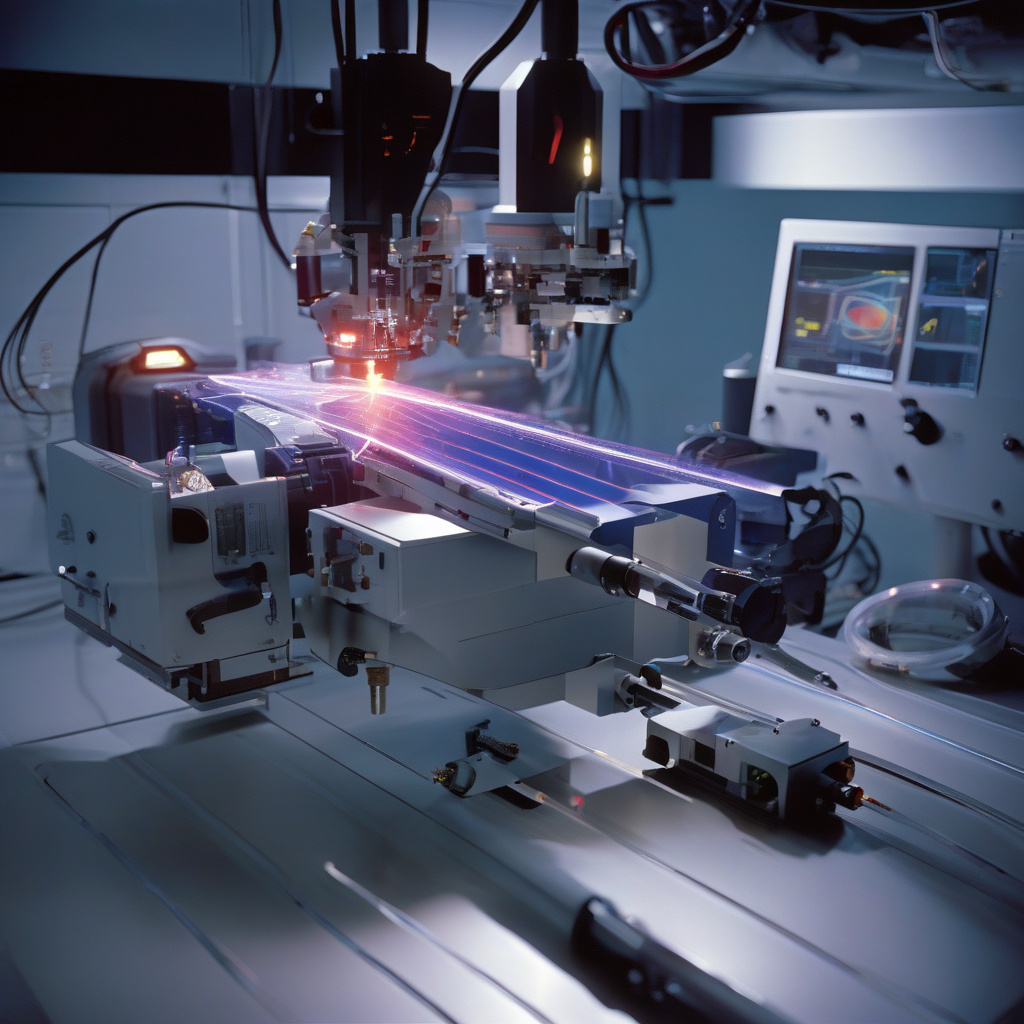Ultrafast Laser Reveals How Electrical Double Layers Form in Trillionths of a Second
A team of researchers has developed an interesting optical method to study the formation of electrical double layers at the nanoscale in unprecedented detail. This groundbreaking technique utilizes ultrafast lasers to capture the dynamics of these double layers, providing valuable insights into their structure and behavior within a mere trillionth of a second.
Electrical double layers play a crucial role in various natural and technological processes, such as energy storage devices, electrochemical reactions, and biological systems. Understanding how these double layers form and evolve is essential for optimizing the performance of many applications, from batteries and supercapacitors to sensors and actuators.
Traditionally, studying the formation of electrical double layers has been challenging due to the rapid timescales involved. However, the innovative approach developed by the research team overcomes this limitation by employing ultrafast lasers to probe the dynamics of the double layers with remarkable temporal resolution.
By focusing ultrafast laser pulses on the interface where the electrical double layers form, the researchers can directly observe the initial stages of double layer formation with unprecedented clarity. This real-time imaging capability allows them to track the movement of ions and molecules at the nanoscale and elucidate the mechanisms driving the assembly of the double layers.
One of the key advantages of using ultrafast lasers for studying electrical double layers is their ability to capture transient phenomena that occur within femtosecond to picosecond timescales. This level of temporal resolution enables researchers to unravel the intricate processes underlying double layer formation, which were previously inaccessible with conventional imaging techniques.
Moreover, the optical method developed by the research team offers insights into the interfacial interactions between the electrode surface and the electrolyte solution, shedding light on the fundamental principles governing double layer formation. By correlating the ultrafast laser observations with theoretical models, the researchers can validate existing hypotheses and develop new insights into the dynamics of electrical double layers.
The implications of this research extend beyond fundamental science to practical applications in energy storage, electrochemistry, and biophysics. For example, the newfound understanding of double layer formation could lead to the design of more efficient batteries with enhanced charge/discharge rates and improved stability. Similarly, insights into the behavior of electrical double layers in biological systems could inspire novel approaches for drug delivery and biosensing.
In conclusion, the use of ultrafast lasers to study the formation of electrical double layers represents a significant advancement in nanoscale imaging and fundamental research. By capturing the dynamics of double layer formation with unprecedented temporal resolution, the research team has opened up new avenues for exploring the complex interplay between ions, molecules, and surfaces at the nanoscale. This pioneering work not only deepens our understanding of electrical double layers but also paves the way for innovative applications in a wide range of fields.
research, ultrafast laser, electrical double layers, nanoscale, innovation












